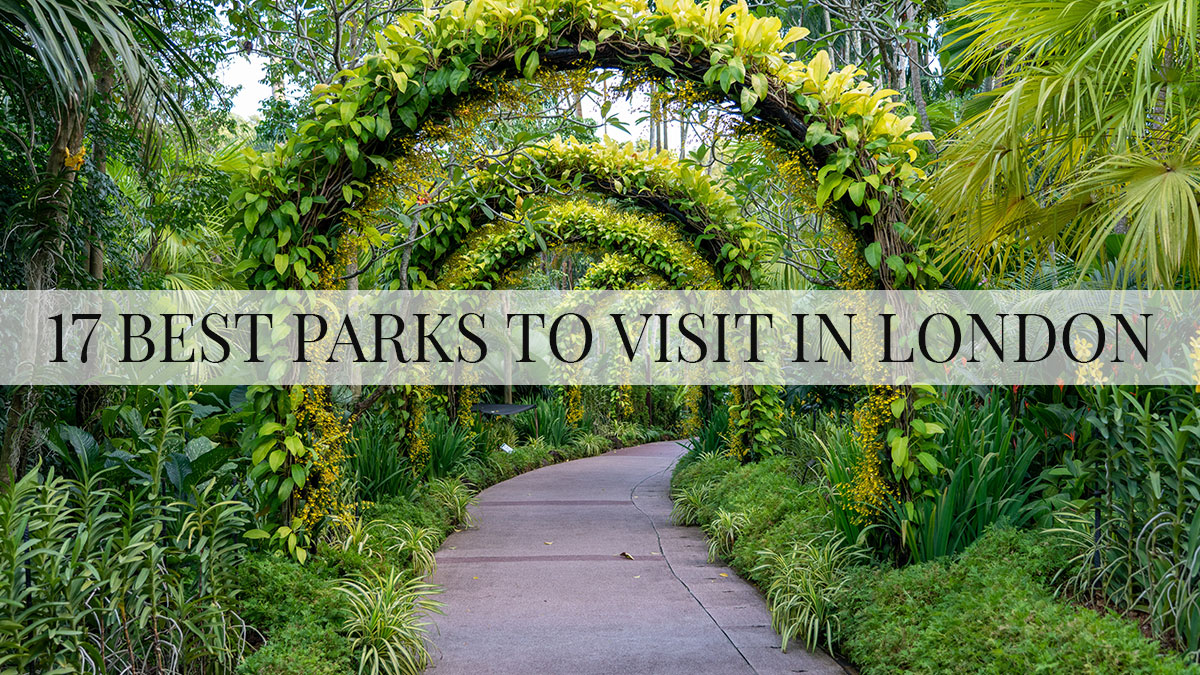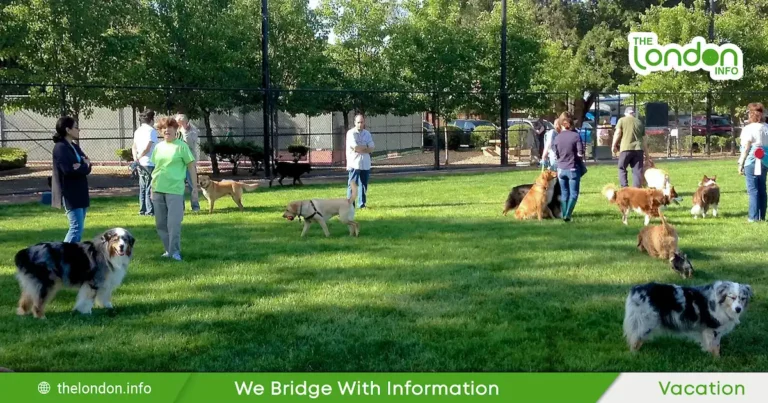Londoners have been exploring the city’s parks after learning that picnic restrictions would be eased this spring. There are several best parks in London where people can enjoy green spots in the city where you may relax and take in the sights and sounds of the city while soaking up the sun.
Romping in the park is absolutely free, as are some of life’s greatest pleasures unless you feel like an ice cream cone. Choose from the following list of London’s greatest big parks for a picnic in the sunshine, an urban oasis where you can practice your ping pong skills, or just a place to kick the ball about.
The Best Parks in London
Hyde Park: The Best Park in London?
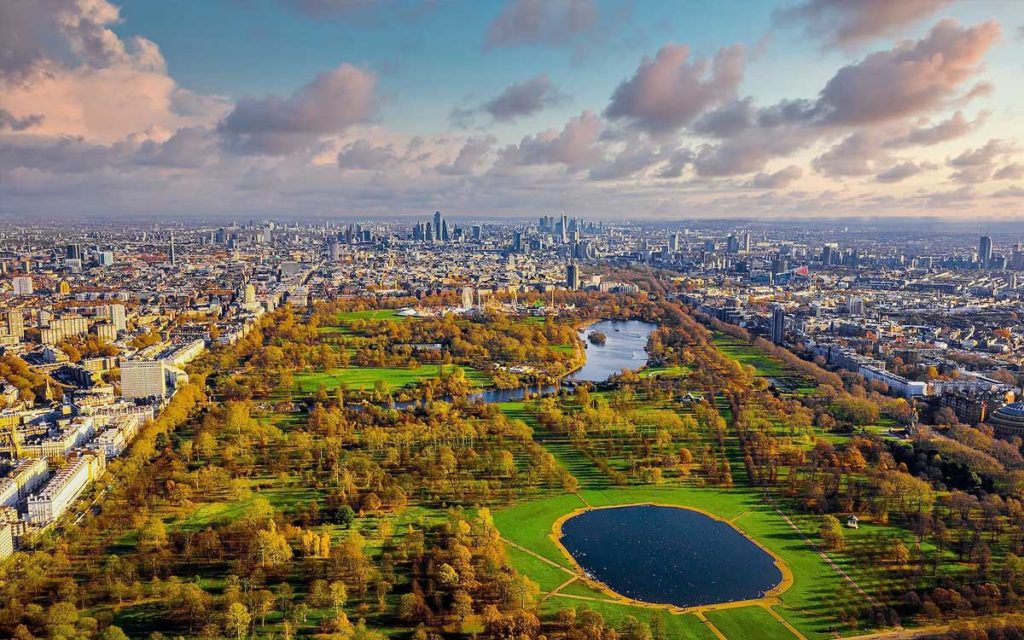
Hyde Park is the biggest of the Royal best parks London at 1.5 miles in length and a mile broad. The Serpentine, London’s oldest boating lake, is home to ducks, coots, swans, and tufty-headed grebes if you’re brave enough to go within. In the park’s northwest corner, you’ll find a Victorian pet cemetery, where some 300 Londoners from the past are interred. Undoubtedly, Hyde Park is the Best Park in London.
St. James Park:
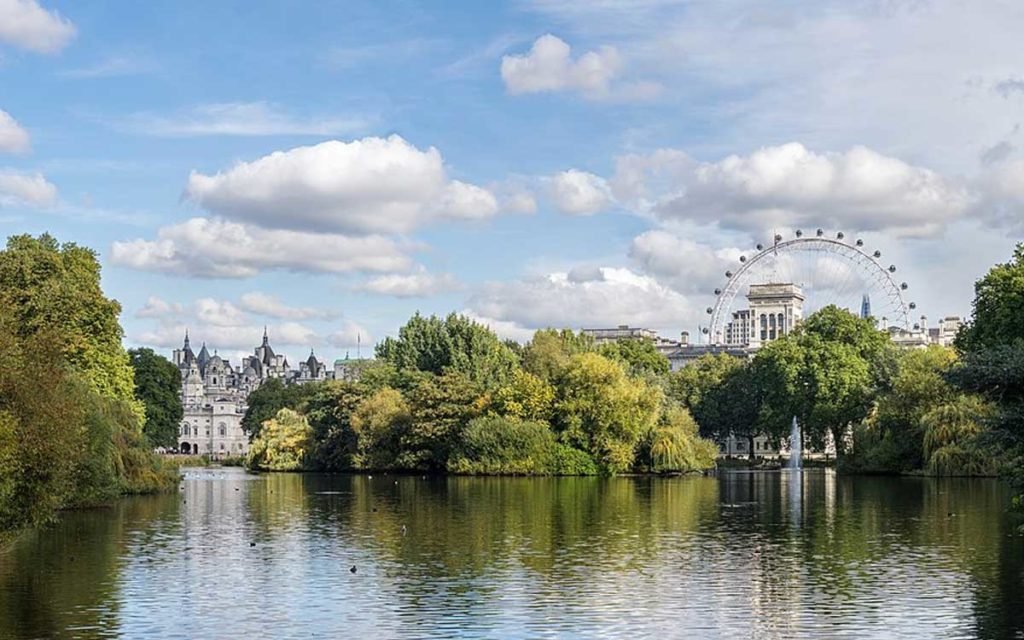
For the royal inhabitants of St James’ Palace, St James’s Park was originally a deer park that was later remodeled by John Nash under George IV’s instructions. The center lake is a haven for a wide variety of waterfowl, and the bridge that spans it provides a spectacular view of Buckingham Palace. St. James Park is the most beautiful park in London.
Hampstead Heath:
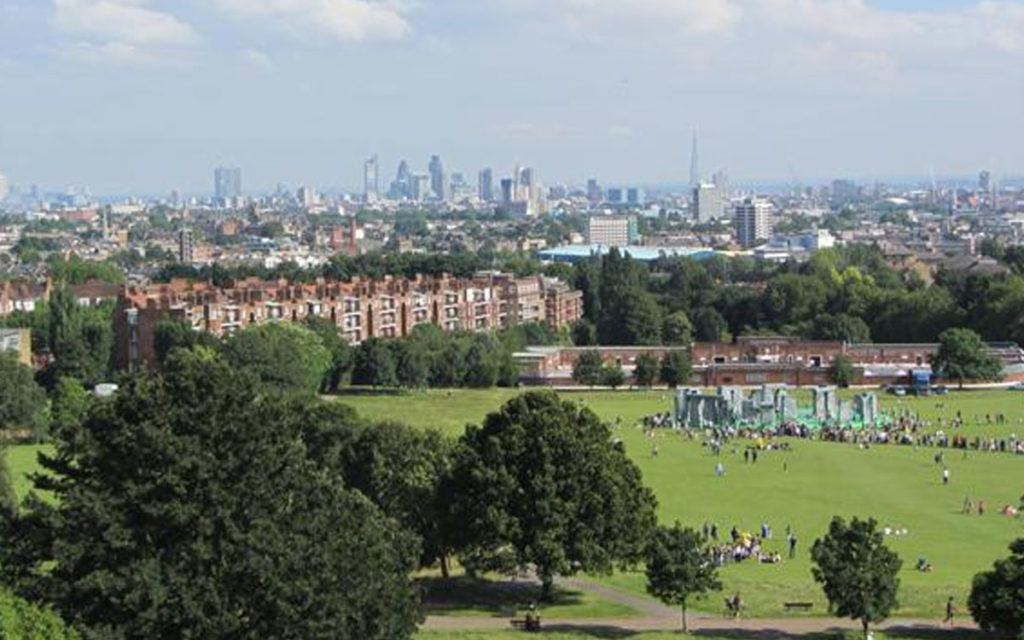
Unlike many of London’s groomed green spaces, Hampstead Heath’s untamed 320-hectare expanse is a welcome respite. Keep an eye out for muntjac deer and parakeets, two of the park’s particular inhabitants, while you enjoy a picnic or a stroll with your dog.
The bathing ponds on the heath are a great place to cool down. Although the ponds are available year-round, be aware that the water is still somewhat icy in the summer.
Regent’s Park:
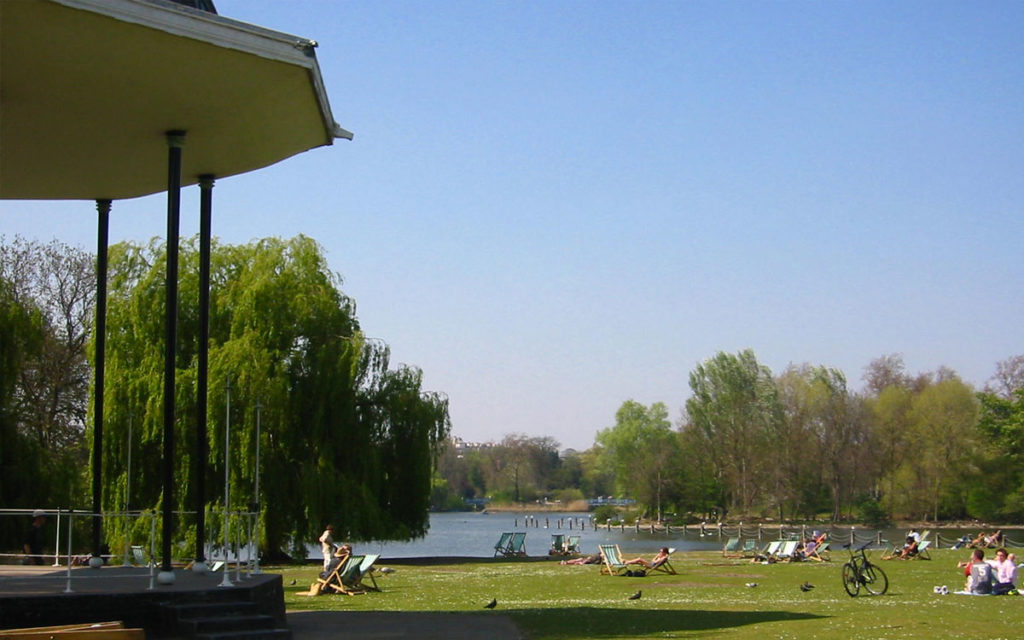
Regent’s Park, a 410-acre site in northwest London, is home to a zoo, an open-air theater, and a number of other attractions. During the summer, a number of culinary and music festivals set up shop, as do rowing boat rentals, bandstands, gorgeous rose gardens, sports courts, ice cream stands, and cafes.
Visitors may get an authentic flavor of Japan by visiting the park’s Japanese Garden Island, where meandering trails lead to a beautiful lake bordered by overhanging willows & a footbridge draped in fragrant wisteria throughout the spring.
Battersea Park:
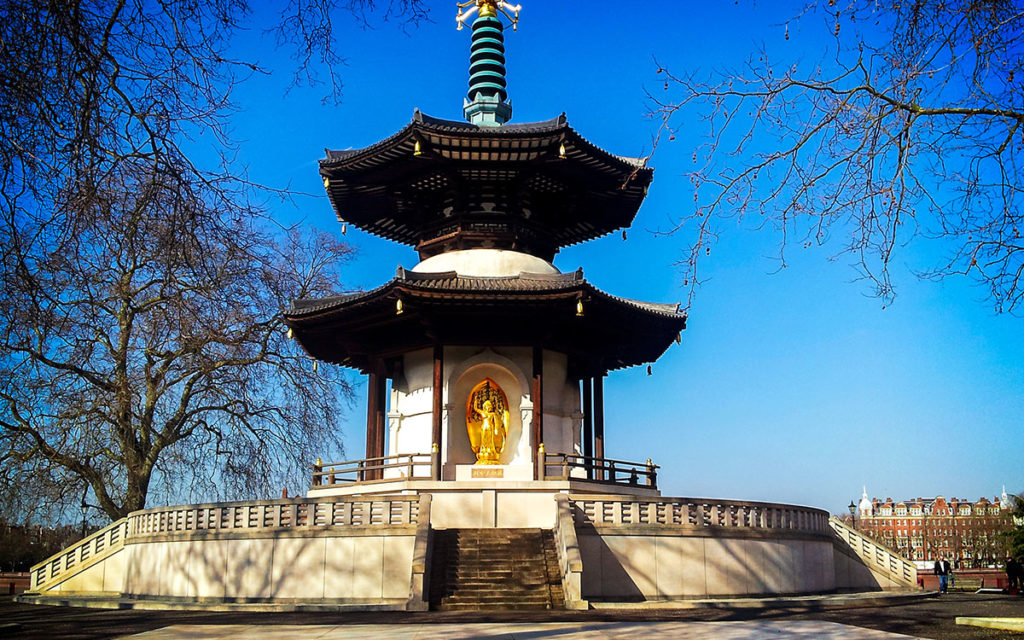
It’s almost unfair how much Battersea Park has going for it. A family-run zoo, a museum (The Pump House), and Thames vistas aren’t found in many other open spaces in the city. Battersea Dogs and Cats Home is another option.
Make sure you stop by the Buddhist London Peace Pagoda, which includes four big gilt-bronze Buddhas overlooking the river.
Brockwell Park:
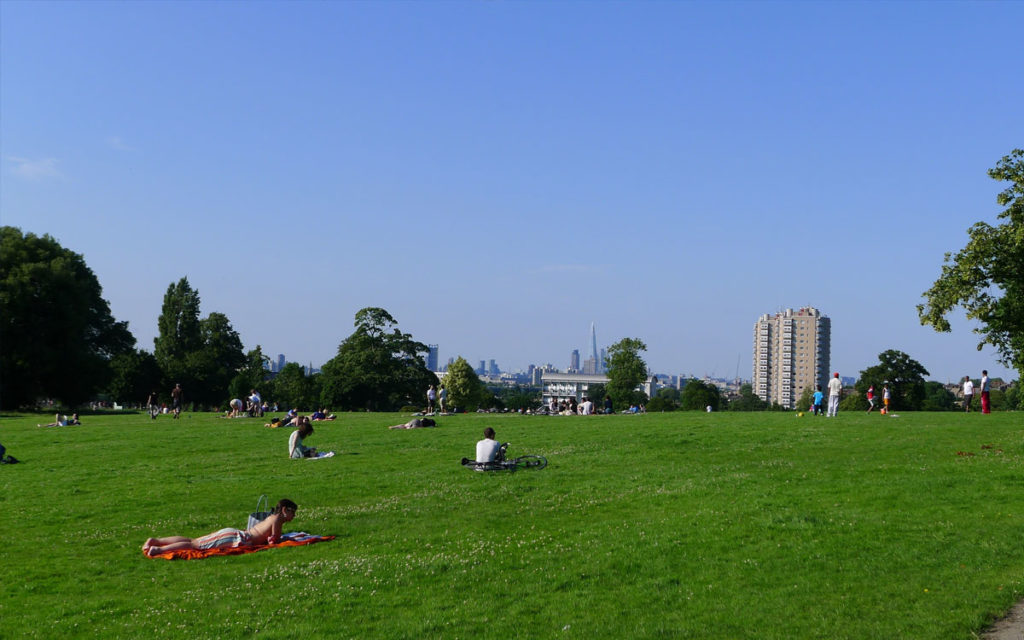
Just south of Brixton, Brockwell Park provides a much-needed green space. Tulse Hill & Brixton residents travel here in the summer to worship the sun, ride kites, bathe in the outdoor pool and play football with their dogs in various dog parades. The Grade II-listed art nouveau structures at Brockwell Lido have been the focal point of park activity since the 1930s.
Clapham Common:
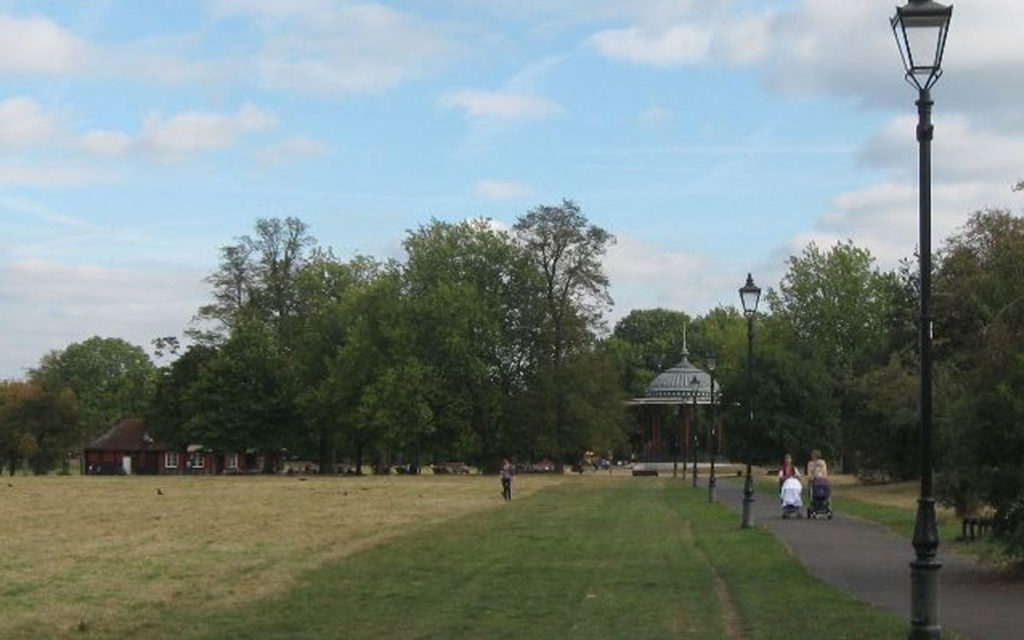
This tranquil haven in the midst of southwest London’s chaos goes back to the 18th century. A skate park and London’s biggest bandstand, which holds open-air concerts in the summer, are located around the park’s edge. Eagle Pond, the common’s most “natural” pond, has wooden platform fishing platforms that are ideal for casting but remember to carry your fishing license.
Crystal Palace Park:
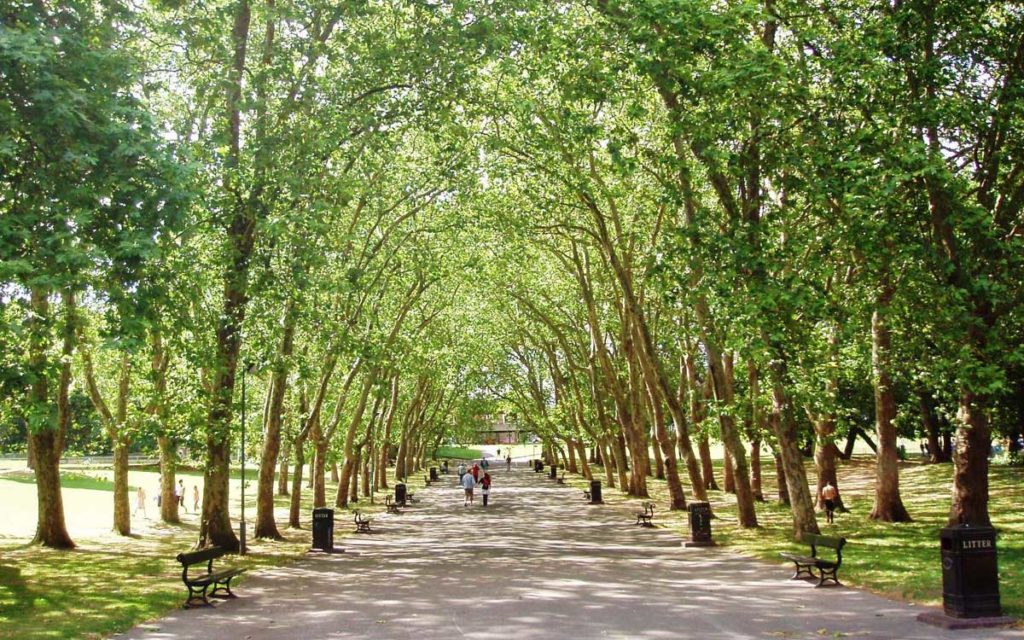
This lovely park in southeast London was named after the Crystal Palace, which burned down in 1936, but its grounds still contain some great features, such as five massive dinosaur statues that linger among the tree branches around a pond, the consists of a Victorian prehistoric theme park. These dinosaur sculptures were once part of the Crystal Palace.
As a bonus, the park’s underground passageway is covered in white and orange bricks and has a Grade II-listed arched walkway. Before you get over there, keep in mind that it’s only open for three months of the year.
Dulwich Park:
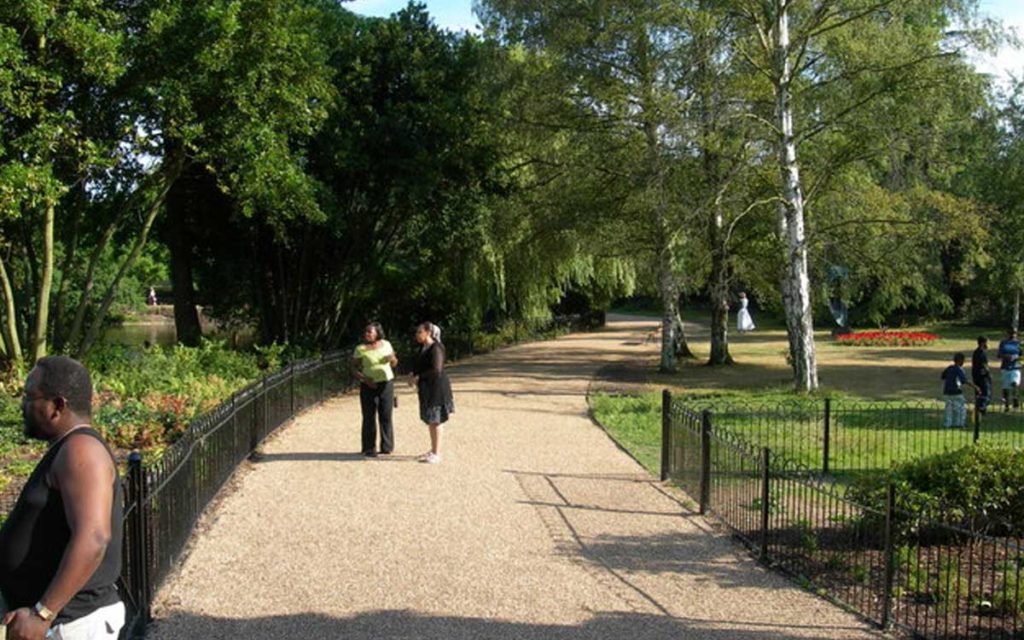
This lovely park in the heart of Dulwich is a great place to relax and unwind. The quantity of flowers in this park not only makes it visually appealing but also offers a welcoming vibe. Tennis courts, football fields, and other common recreational amenities may be found here. You may work up a sweat in the outdoor gym, which has reclining bikes (the chilled-out brother to the bikes in spin class).
You may also play table tennis or rent a boat to drift on the lake if you’re in a lyrical mood. It was intended to replace the stolen Barbara Hepworth sculpture, which was replaced with Conrad Shawcross’ ‘Three Perpetual Chords,’ a massive looping sculptural installation.
Greenwich Park:
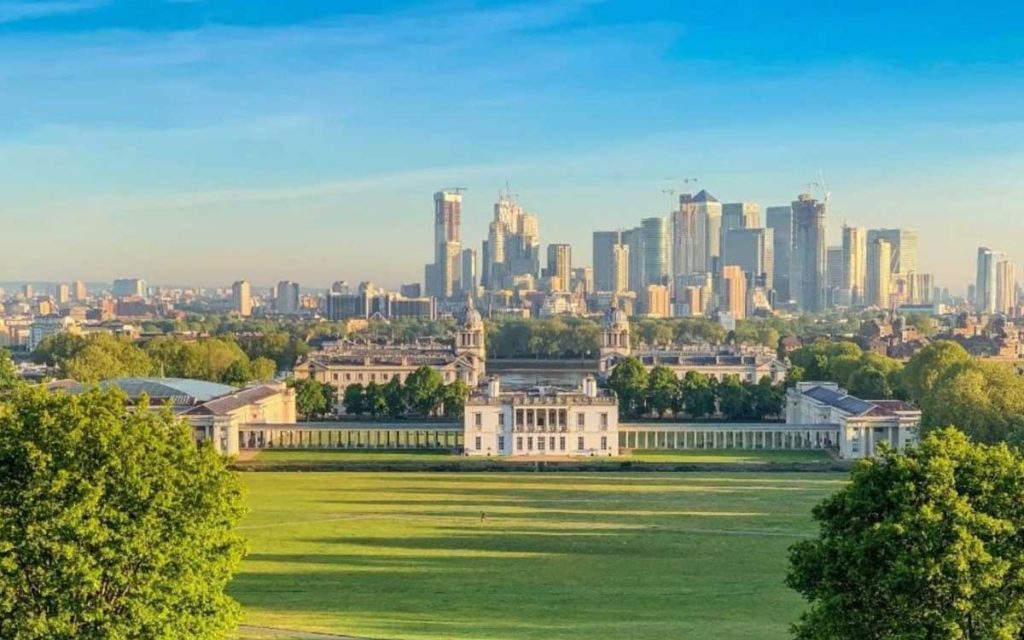
One of the earliest enclosed Royal Parks is Greenwich Park. Deer, foxes, and more than 70 different kinds of birds find refuge in this 183-acre grassland. There’s also a boating lake for kids, six tennis courts, & the Greenwich Meridian Line that depicts the prime meridian, all atop this hill as well as the Royal Observatory with stunning views of Canary Wharf and beyond.
Take a peek at Queen Elizabeth’s Oak, an insider’s advice. Despite its weathered appearance, this piece of wood has been in the park since the 12th century. Henry VIII and Anne Boleyn are said to have danced around it, and Elizabeth I would often have picnics there.
London Fields:
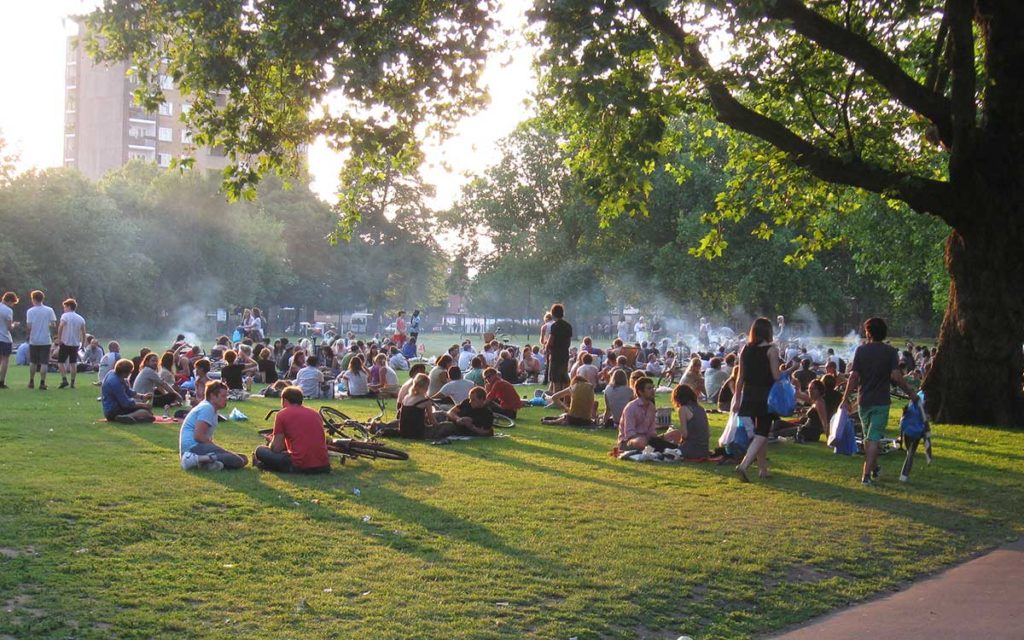
Among London’s green spaces, this lively hipster hangout is definitely the most appealing. In the spring and early summer, there’s a wildflower meadow, ping pong, & London Fields Lido, whereas Broadway Market provides elegant picnic fare only a few blocks away.
An insider’s tip: Don’t bring a barbecue. Because of high cleaning expenses, this was formerly one of the very few spots in London in which you can barbeque lawfully. Don’t forget to just snap photographs… or should we say selfies… while exploring a new place.
Victoria Park:
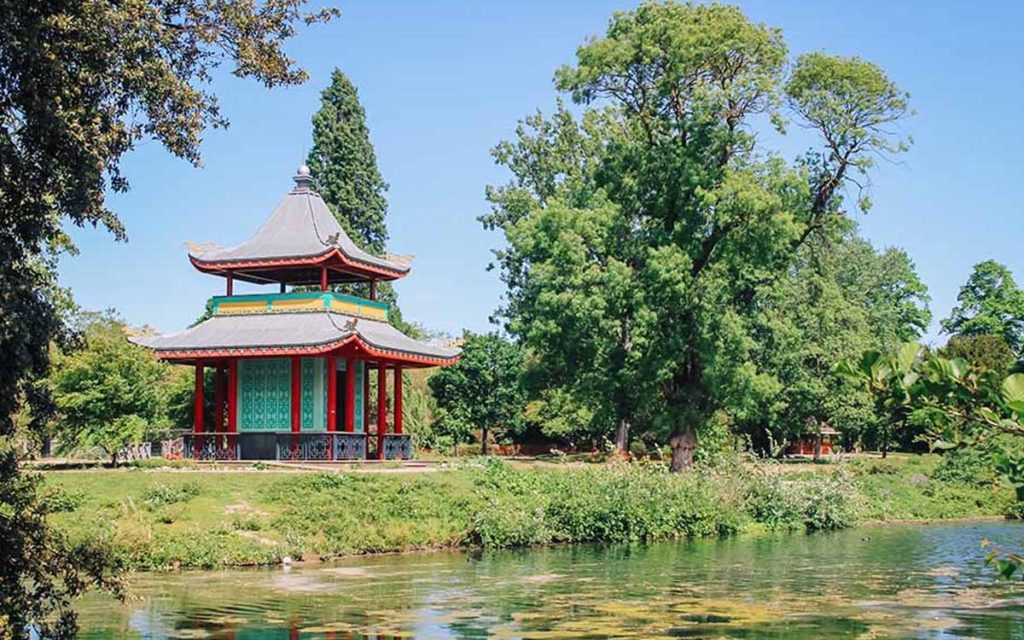
In 1887, Victoria Park became a municipal park rather than a royal one. If you’re looking for a place to relax and recharge your batteries, this is the place for you. While you’re out seeing the animals (including a deer enclosure), you can get a bite to eat at The Pavilion Café on the lake, which offers good, locally produced fare from breakfast to morning tea. Every year, it hosts a spectacular fireworks show.
Secret tip: A team of gardeners & garden designers who collaborate with local organizations to alter small public spaces and visit local schools to teach children about the joys of gardening can be found at Expanding Concerns, a social business garden center. Gardening workshops are also available, where you’ll learn how to establish and care for a vegetable garden.
Bushy Park:
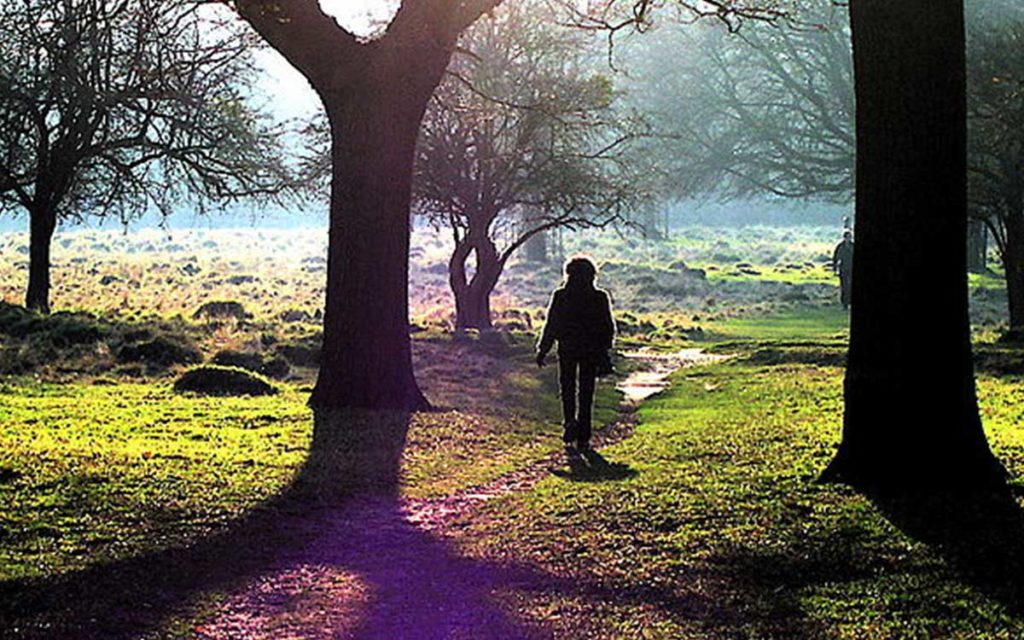
Nearby Hampton Court Palace, Bushy Park is among a number of wide-open areas in the Richmond-upon-Thames municipality. The area’s name is derived from the abundance of hawthorn shrubs within its borders, which are home to both red & fallow deer populations. Take a peek at Christopher Wren’s Chestnut Avenue, where people celebrate the blossoming of the trees each year on Chestnut Sundays in May.
Holland Park:
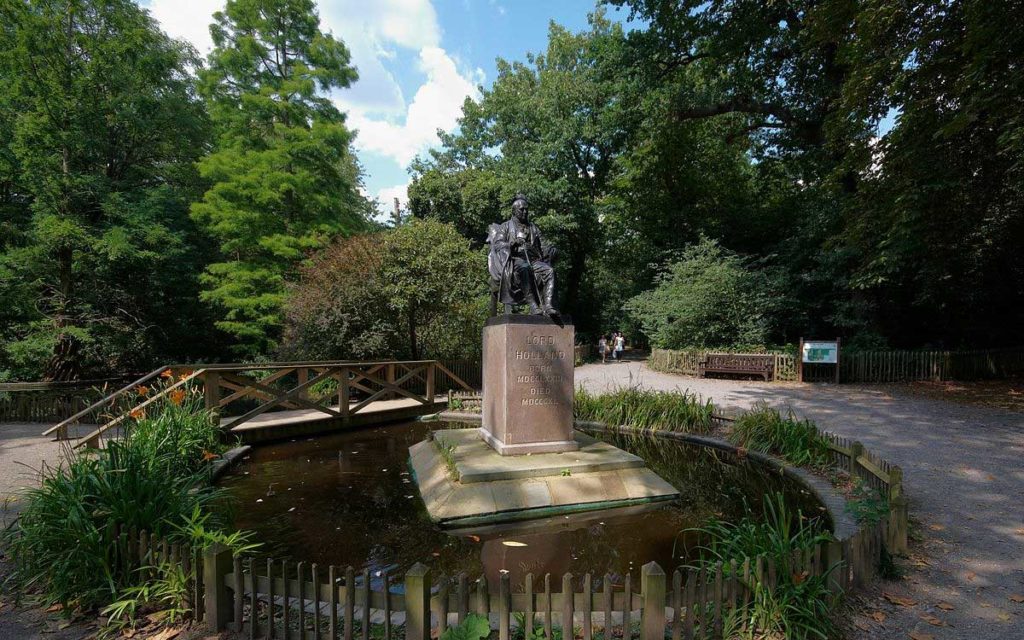
At its heart is Holland House, an 18th-century estate that was formerly owned by the Duke of Holland and whose wife, a dahlia enthusiast, was the first person in Britain to successfully cultivate them.
Although they’re no longer being farmed in this area of 55 acres, which also has Japanese-style Kyoto Gardens, complete with Koi Carp Pond and Waterfall Bridge, they’re still being farmed there today. During the warmer months, the park hosts outdoor performances including theater and opera. With so many peacocks roaming about, you’ll want to keep an eye out for them.
Richmond Park:
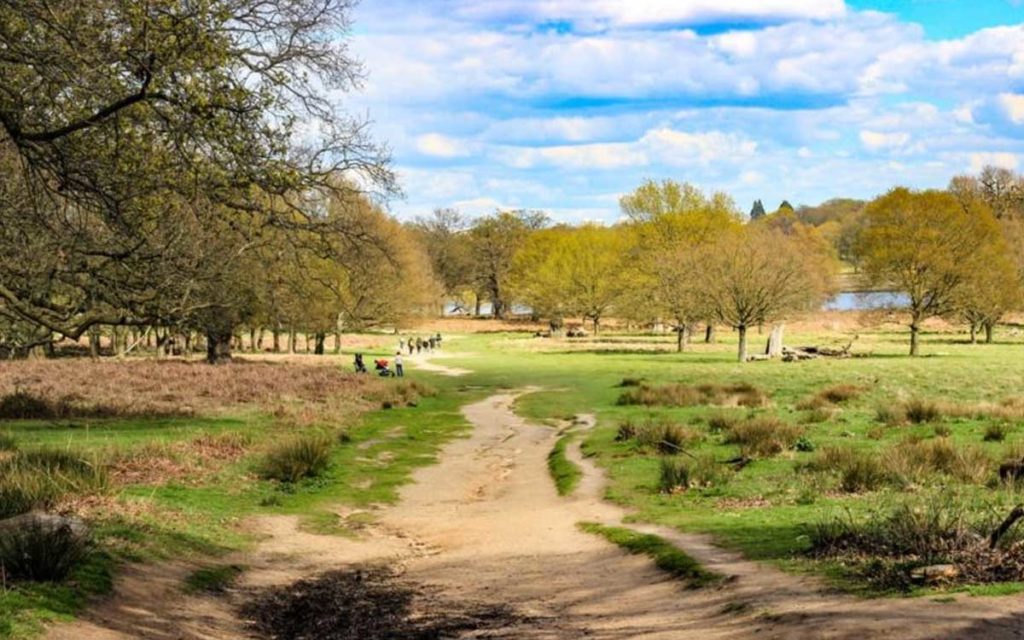
The 2,500-acre Richmond Park is indeed the biggest of London’s Royal Parks. This vast expanse of land is home to hundreds of red & fallow deer, which are probably considerably happier not having to keep an eye out for the screams of Henry VIII’s hunting party.
St Paul’s Cathedral may be seen more than 12 miles away from the park’s highest point. The Isabella Farms, a 40-acre woodland garden filled with azaleas, rhododendrons, and camellias throughout the spring and summer, is a great place to get your floral fix.
Green Park:
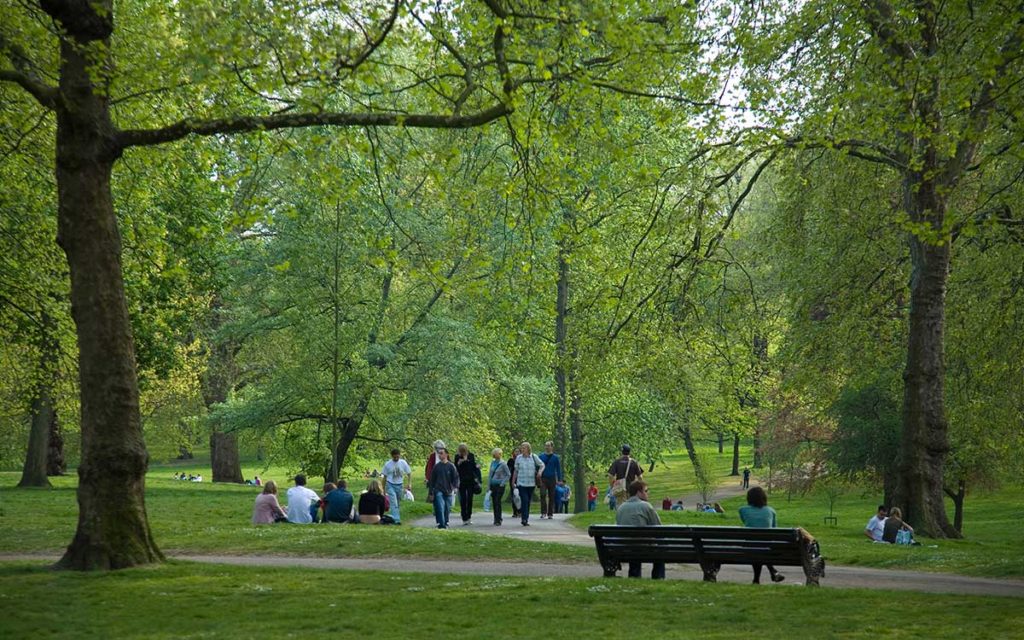
Charles II fenced this lush, triangle-shaped space behind The Ritz in 1668 as a hunting field. As a result, the park was officially opened in 1826, and visitors and commuters alike may relax on the park’s famed stripy deck chairs.
If you chance to be wandering through on the day of a royal event, keep an eye out for the King’s Troop Royal Horse Artillery’s Royal Gun Salute. Green Park adds an additional 20 rounds of cannon fire to the standard 21 rounds, so be sure to hang on to your lounge chair if you’re watching the salute.
Kensington’s Garden:
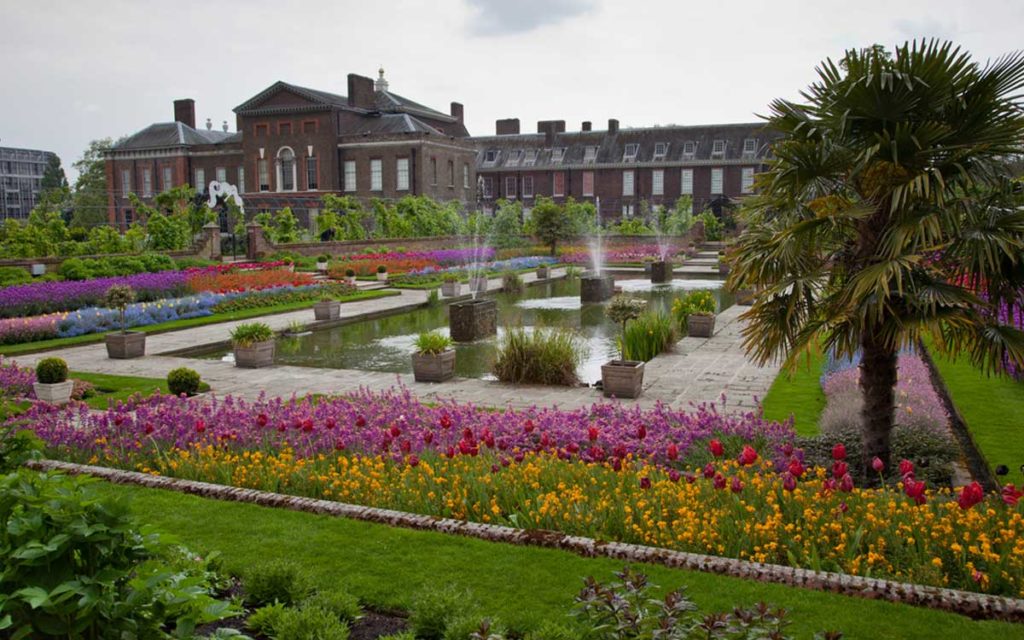
At the end of the 17th century, William III moved to Kensington Palace from Whitehall Palace, and Kensington Gardens, a portion of Hyde Park, was created to serve as the residence’s gardens.
Children love the Diana, Princess of Wales Memorial Playground in Kensington Gardens, and visitors throng here year-round to pay their respects at her memorial fountain. JM Barrie visited Jack Llewelyn Davies, the inspiration for Peter Pan, eight years before the bronze monument was constructed in 1912; the playwright’s name is engraved on the statue.
Conclusion
Keep a close eye out for the roaming pelicans that were maintained here since the 17th century, a local insider’s advice. Feeding periods for the large-billed birds are between 2.30 and 3 pm every day; however, they have also been known to eat the odd bird of prey at other hours of the day.

